Cierre de pedidos diario a las 2 p.m.
Cajas de herramientas personalizadas y logotipos para todas las marcas de herramientas
Nos preguntan ado el tiempo cómo creamos logotipos en nuestras cajas de herramientas personalizadas y proyectos. Debido a que Shadow Foam es una espuma personalizable, se puede usar para personalizar cualquier almacenamiento que hayas hecho con ella. Desde la mejor marca de herramientas hasta tus propias herramientas personalizadas, puedes almacenar cualquier cosa en ella. Y utilizando estos consejos y trucos, puedes usarla para personalizar el almacenamiento para cualquiera de las marcas de herramientas que amas, o simplemente agregar tu nombre o logotipo a tus creaciones. Aquí te mostramos cómo.
Lo que queríamos crear
Nos has visto en el pasado colocando logotipos en espuma para cualquiera de Airsoft Anónimo to Colin Furze. Y por supuesto siempre añadimos los nuestros Shadow Foam logotipo a los proyectos que hacemos para nosotros mismos también. Ahora esto podría estar en una caja de herramientas, cajón de herramientas, pared de herramientas… prácticamente en cualquier lugar donde uses Shadow Foam. Pero hoy queríamos hacer algunos letreros para algunas de las mejores marcas de cajas de herramientas que creamos inserciones personalizadas para, o que sabemos que la gente organiza en casa en Shadow Foam.
Sabes que somos fanáticos de la Hack de Ikea, así que hoy estamos usando su Marco Ribba (50x23cm). Pondremos los logotipos de Dewalt, Sealey, Ryobi, Ridgid, Milwaukee y Makita en la espuma. Afortunadamente, nuestra espuma viene en 7 colores diferentes para complementar la mayoría de los mejores nombres de marcas de cajas de herramientas. Así que usaremos Yellow para Dewalt, Green para Ryobi y así sucesivamente. La espuma también viene en 3 profundidades, y nuestra espuma de 50mm es ideal para estos marcos.
Como habrás visto en algunos de nuestros otros videos usando Marcos de Ikea, siempre nos gusta reemplazar las partes traseras. Los marcos delgados con los que vienen son adecuados para proyectos de poco esfuerzo y fotos y cosas por el estilo. Pero para nuestros propósitos, nos gusta que sean un poco más robustos. Así que tendemos a cambiar siempre las partes traseras por algo un poco más resistente.
La personalización del logo
Simplemente imprimimos el logo que queremos en un papel adecuado al tamaño de la espuma que estamos cortando. A partir de ahí, es conveniente pegarlo en su lugar sobre la espuma para evitar movimientos al cortar. Un poco de cinta adhesiva normal es suficiente para este propósito.
Entonces, tomando todo lo necesario precauciones de seguridad recomendamos que al trabajar con cuchillas para cortar nuestra espuma personalizable usemos nuestro guantes anti corte y ponerse a trabajar. Siempre recomendamos usar un escalpelo para cortar nuestra espuma y obtener resultados precisos. También tenemos una opción de kits de corte puedes conseguir. Consulta la sección de extras en el Shadow Foam tienda en línea y puedes encontrar una gama completa de herramientas personalizadas para ayudarte con tus proyectos de Shadow Foam
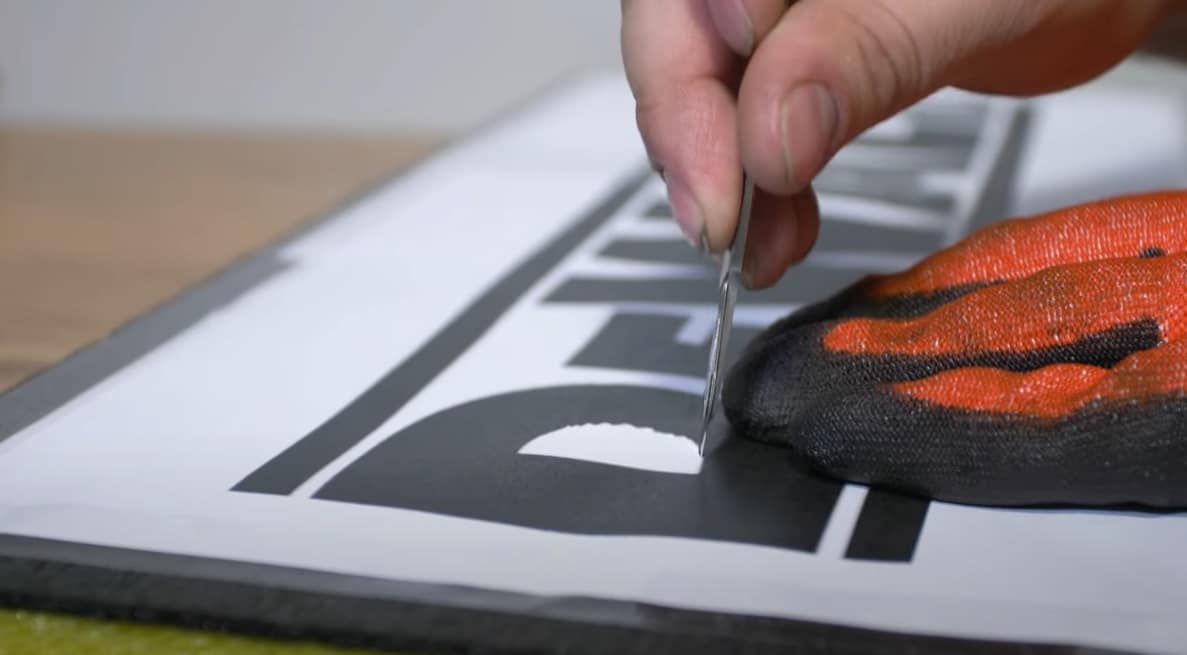
Jonathan siempre recomienda comenzar con las secciones centrales de cada letra. Eso es porque, ese pedazo de papel se desprende una vez recortado. Sostén el bisturí como un lápiz y traza un corte alrededor de los bordes de las letras. No uses un movimiento de "serrucho" al cortar, ya que así es como obtienes un borde áspero y dentado. Si alguna vez quieres un recordatorio sobre cómo cortar Shadow Foam, vale la pena revisar nuestro “cómo cortar” guía. Ni siquiera necesitas usar las herramientas personalizadas de Shadow Foam para hacer el corte, pero ayuda tener un buen bisturí afilado para el proyecto.
También recomendamos hacer una referencia visual en la hoja de su bisturí de la profundidad a la que desea cortar. Esto asegura que corte lo suficientemente profundo para atravesar la capa superior Black y revelar el Colour en la forma de la letra debajo de ella. Verifique dos veces que sus esquinas estén cortadas completamente, especialmente porque es aquí donde puede haber desgarros al despegar.
Próximos pasos
Una vez que hayas cortado alrededor de todas las letras, retira el papel. No deberías ver ninguno de los cortes en este punto hasta que presiones hacia abajo en la espuma, entonces serán visibles. Asegúrate de haber unido todos los cortes, y una vez que sepas que lo has hecho, es hora de pelar. Nuevamente, si nunca has pelado Shadow Foam antes, definitivamente deberías echar un vistazo a nuestro “cómo pelar” guía. Aquí, solo estás buscando eliminar los 3 mm superiores de la espuma Black en la parte superior para revelar el Colour debajo. Así que solo pasa tus dedos a lo largo de la forma para separar entre el Black y el Colour.
Además, si eres exigente con los detalles, o si tienes un acabado un poco más áspero en la base de tus cortes de lo que te gustaría, también tenemos guías para eso. Puedes hacer esto con el escalpelo que ya tienes, o también tenemos un herramienta de alisado de espuma caliente. Alternativamente, si tienes un taladro o un destornillador de impacto, puedes hacer lo que hicimos. Usa nuestro spinners de suavizado de espuma.

Dónde puedes aplicar logotipos
Queríamos crear estos logotipos de las mejores marcas de herramientas con las que trabajamos mucho para el fondo de nuestro estudio. Por eso los hicimos en marcos así. Pero para ti, puedes crear cajas de herramientas personalizadas, añadiendo marcas de herramientas, tu propio nombre o el logotipo de tu empresa. ¡Sé tan creativo como desees con esto! Esta espuma es totalmente personalizable, ¡así que tu almacenamiento puede ser tan único y adaptado a tus necesidades como desees!
Adiciones peculiares
Uno de los logotipos que hicimos, el logotipo de Sealey lo cortamos al revés. Así que esencialmente hicimos el fondo del Colour y dejamos las letras en Black. Esta es una forma realmente simple de obtener un aspecto diferente con tus personalizaciones.
Pero una adición divertida que queríamos hacer era agregar iluminación a uno de los logotipos. Un poco de experimento para nosotros, ya que aunque hemos decorado con iluminación en el pasado, no habíamos cortado físicamente la iluminación en la espuma antes.
Para esto, decidimos usar algunas luces de empuje Energiser que costaban alrededor de £20 en B&M. Estas estaban guardadas de un proyecto anterior. Se añadieron baterías a las luces. Luego, las unidades de luz se cortaron en la parte opuesta de donde se había cortado el logo.

Como hay algo de flexibilidad en la espuma, es posible encenderlas y apagarlas fácilmente. Presiona la espuma y las luces de presión se encienden y apagan. Así que cuando las luces están encendidas, casi da el efecto de un letrero de neón. Lo cual sin duda costaría mucho más que el costo de unas pocas luces de presión, un marco de Ikea y un pequeño trozo de Shadow Foam. Hicimos el logo de Dewalt como un letrero de neón aquí, pero se podría hacer con cualquiera de las marcas de herramientas.

Entonces, ¿qué piensas? Mira el proyecto completo here. Háganos saber si decide abordar un desafío de espuma personalizada o hacer cajas de herramientas personalizadas usando Shadow Foam. ¿Tiene herramientas personalizadas que le gustaría exhibir en su propia caja de herramientas personalizada? Y también, háganos saber qué marcas de herramientas le gustaría que replicáramos y con las que trabajáramos en el futuro.


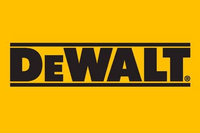
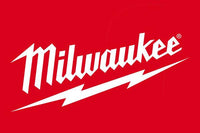
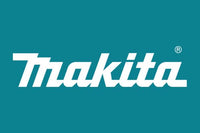
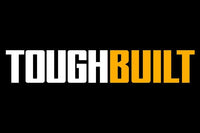
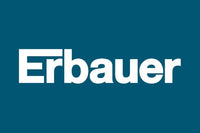
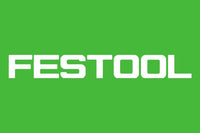
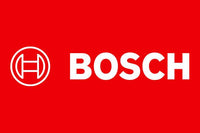
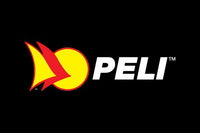
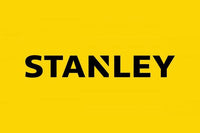
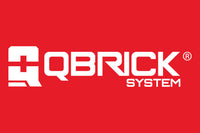
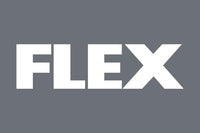
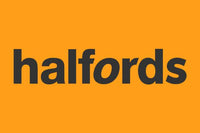
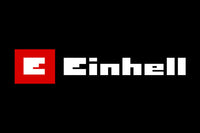
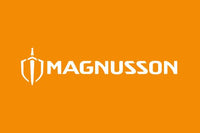
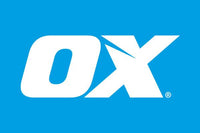
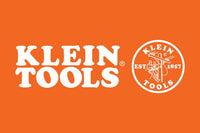
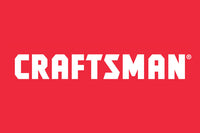
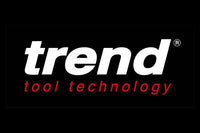
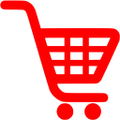 Kit de corte gratuito en pedidos válidos
Kit de corte gratuito en pedidos válidos
 Más de 3.000 críticas positivas
Más de 3.000 críticas positivas
 Más de 500 vídeos en YouTube
Más de 500 vídeos en YouTube
 Asistencia en el Reino Unido
Asistencia en el Reino Unido